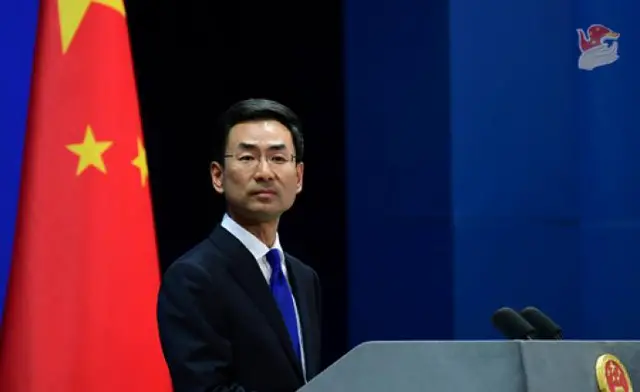After years of cultivation, ASEAN is now one of the most highlighted emerging markets in the world. Charles Li, Associate Professor at the City University of Hong Kong, told the Asia Pacific Daily that ever since the transformation from a political unity to an economic organization, ASEAN's economy has been flying high, thanks to its close relationship with China and the developed world.
ASEAN and China
The dialogue between China and the region has been lasting for 22 years. In addition, theASEAN–China Free Trade Area(ACFTA) came into effect in 2010, marking a milestone step for the two gigantic emerging markets to go hand in hand, and providing mutual benefits in international trade. Upon its formation, the area becomes the largest free trade area in terms of population and the third largest as nominal GDPis concerned.
This is followed by the rapid expansion in trade activities between the two economies.
According to official information, between 2005 and 2011, China and Brunei lowered taxes on normal goods, the bilateral trade volume increased by more than double and the average annual growth was 23.1%. As far as China is concerned, its average annual growth of exports was 23.4% and the annual growth of imports showed an increase of 20.2%.
Statistics from the China National Garment Association show that in the first 11 months of 2012, China's total exports of textiles and garments to ASEAN accounted for 10.2% of its total exports, increasing two percentage points compared to 2011; while exports' year-on-year growth was 33.5%. ASEAN has replaced the European Union and become the main power of promoting the development of China's garment exports. China's exports to ASEAN exceeded Japan in November, 2012.
Li said to increase export to China, ASEAN member states should cater China's needs, citing grains as an example.
According to Bloomberg's report, corn inChicagohas dropped 14 percent after surging to a record last August amid the worst drought since the 1930s in the U.S., world's biggest grain exporter. China, the second biggest corn consumer of the world, has ordered 900,000 tons to be delivered after Sept. 1 last year, as rising incomes have increased demand for meat, spurring livestock producers to buy more feed ingredients such as corn. “We don’t think there’ll be enough good-quality corn to meet feed-mill demand by September this year, said Zhang Qi, a Chinese analyst.
Some ASEAN member states are big corn exporters. The report of the Vietnam Food Association stated that the southern Asian country topped the list of global corn exports in the first 10 months of 2012. Its target of corn export this year is 7.7 million tons.
Thailand, another ASEAN country, came third with total corn exports of 5.36 million tons during the same period.
Li said with capacities of food exports, ASEAN can well be the alleviator of Chinese food shortage problem.
"The food shortage problem has been pestering China for quite some time, leading to marching inflation," Li said. "The ASEAN countries can export more meat and grains to China, in order to expand the size of bilateral trade. This is also what China looks forward to."
ASEAN and the world
In 2007, ASEAN stated that it aimed to complete all of its free trade agreementswith China, Japan, South Korea, India, Australia and New Zealand by 2013, in line with the establishment of the ASEAN Economic Community by 2015. On 27 February 2009 a Free Trade Agreement (FTA) with the ASEAN regional block of 10 countries and New Zealandand its close partner Australiawas signed, it is estimated that this FTA would boost aggregate GDP across the 12 countries by more than 48billion U.S. dollars over the period of 2000–2020.
Li said tightening bonds with other countries, as well as grabbing hold of the strength in light industry, will become the key determinants for ASEAN to outpace its competitors.
He cited Malaysia as an example, where many Japanese electrical appliances are made therein. Singapore has its own oil-refining factory, while Thailand engages in car manufacturing for Japanese and Korean automobile brands. As such, ASEAN has piqued the interests of many developed economies as well. Once the global economy rebounds, ASEAN will follow suit, Li said.
Conclusion
In fact, the ACFTA has already become an economic entity with the largest population and the third largest trade volume after the European Economic Area and the North American Free Trade Area.
ASEAN hasgreat opportunity in staging its economic takeoff due to their infrastructure improvements and the governments’ opening and other supporting policies, Li said. But above all, maintaining unity is crucial for ASEAN to strengthen its competitiveness in the global market. Being a united community of economic integration, the separated small developing countries scattered in Southeast Asia would turn into a broad market that appeals to foreign investors.
"ASEAN nations have to work in unison to reach the declared goal of establishing a regional economic community by 2015, akin to the formation of post-war European Community," Li said.
"Compared with acting individually, signing trade agreements as a blocwill be more extensively and deeply beneficial to the member states.
 简体中文
简体中文

